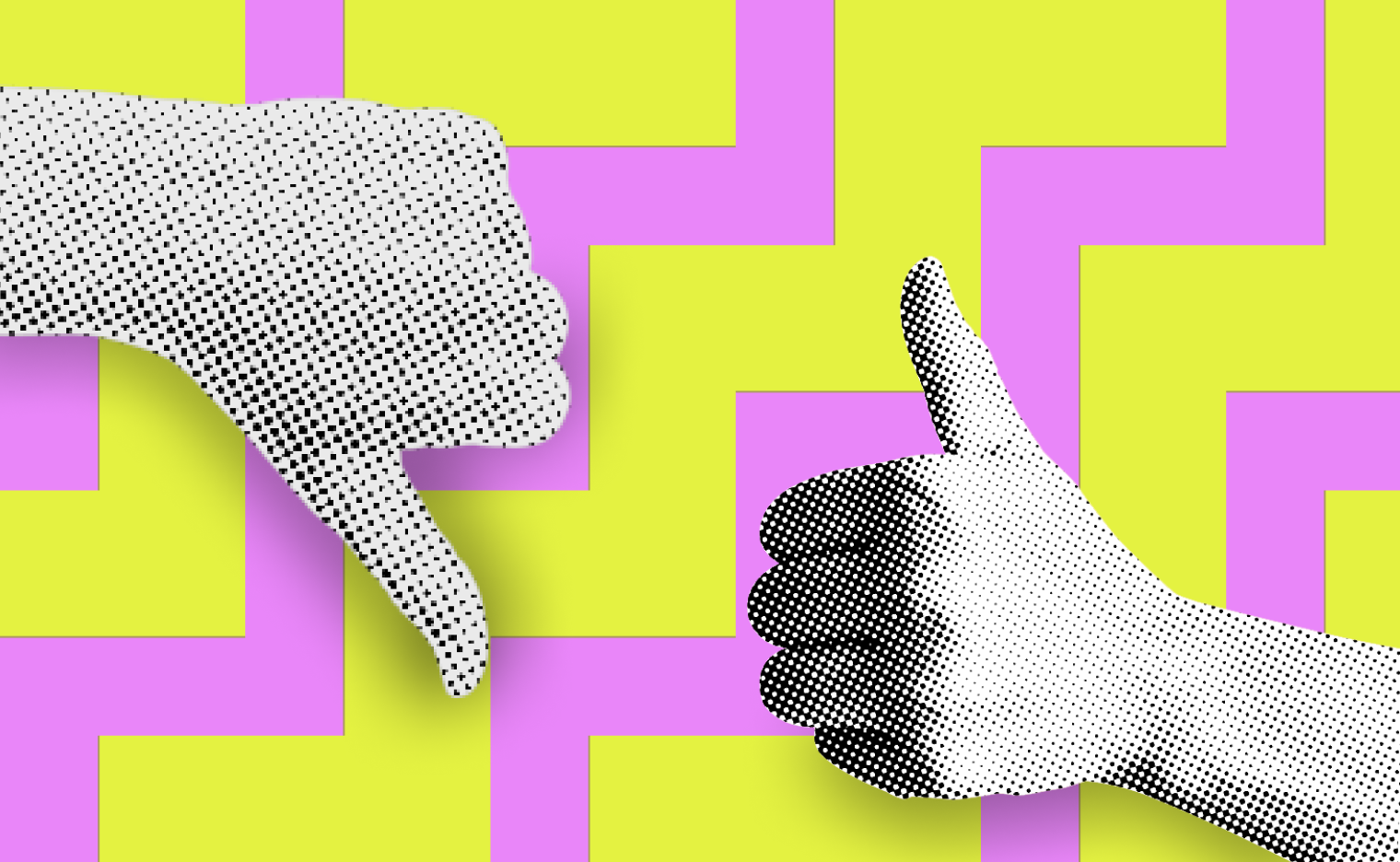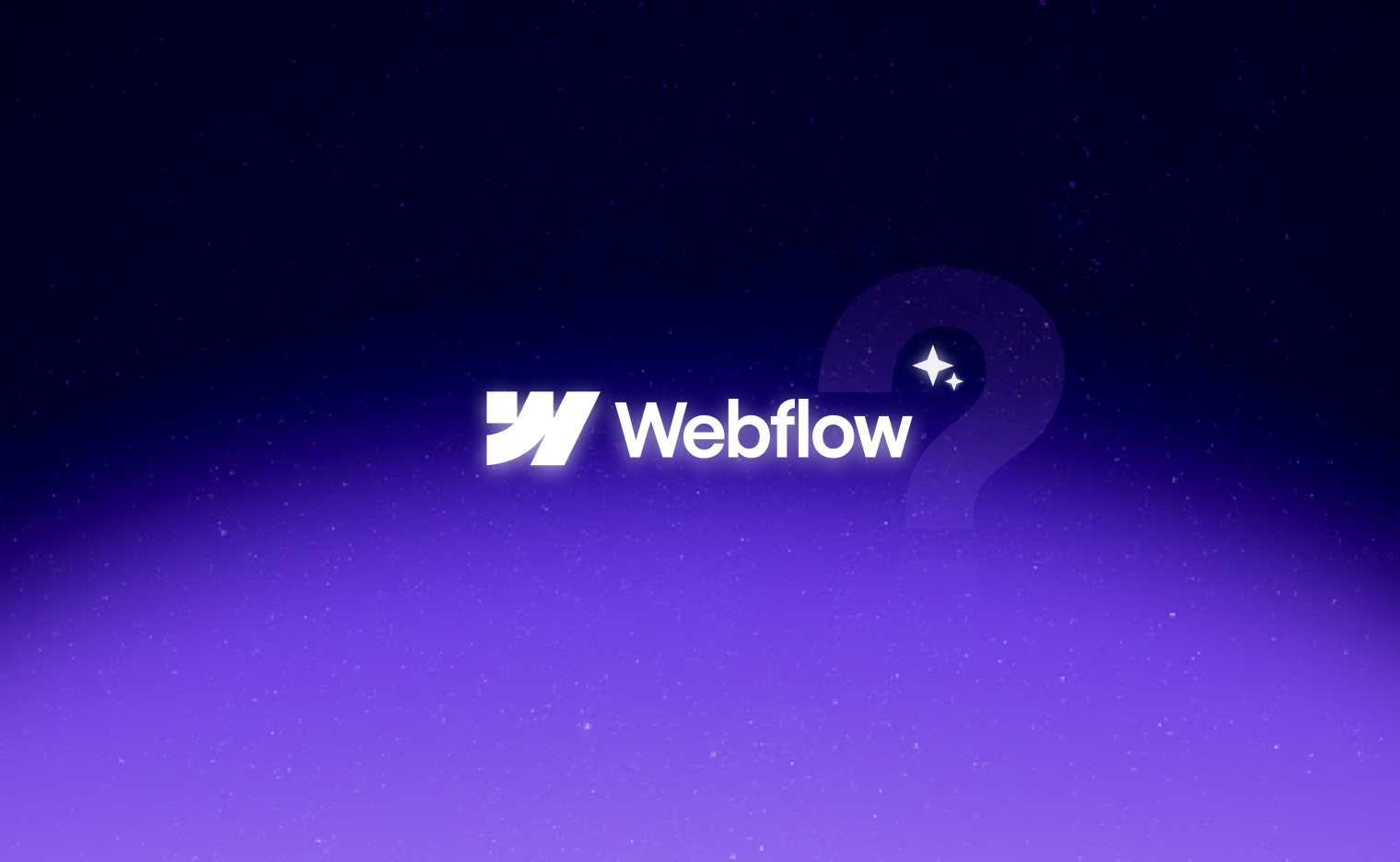
A Guide to Agile UX Design in 2024
The growing digital landscape has created a constant shift in the market. The traditional design methodologies are no more convincing to the customers. Hence, the developers need to focus on adding more dynamism and innovativeness to it. Enter Agile UX design or Agile user experience.
It focuses on flexibility, collaboration, and continuous feedback to provide outstanding user experience. This guide to Agile UX takes you through the detailed Agile UX process and its key principles. It will equip you with the right knowledge and skills to create user-centric products that are competitively ahead and also strike a chord with the consumer.
What is Agile UX?
It is the design method that brings together the effectiveness of Agile software development and combines it with the practices of User Experience(UX) design. Its objective is to create a consumer-centric product. Agile UX focuses on quickly creating and testing prototypes with users, thus ensuring that the final product is well-aligned with the user's needs.

Key Aspects of Agile UX
Agile Principles
It focuses on shorter development cycles, continuous feedback, and adaptation to change. It ensures that the product is relevant to the user's needs.
UX Design
User-centered design is the foundation of Agile UX. It involves constantly researching and understanding the needs, preferences, and behavior of the end user, thereby ensuring that the product is as per the demand.
Key Benefits of Agile UX
Agile UX brings together both these elements and creates a dynamic design process that offers several benefits.
Ensures Faster development
One of the key focuses of any developer is to ensure a shorter development cycle. With Agile UX, one gets the benefit of faster product iteration, gathering value and feedback at the initiation stage, helping in developing the product, and designing it in a way that is in alignment with the needs of the user.
Enhanced user focus
Addressing consumer needs is a must. With Agile UX Design, it becomes easier to ensure that the final product is as per the user's requirement.
Greater adaptability
The flexibility of AgileUX also enables adjustment based on market trends and user feedback. Thus making it a more reliable and useful tool.
Principles of Agile UX
Before delving deeper into understanding the Agile UX design process, here is a lesson on some of the core concepts of Agile development.
Iteration
It promotes a native design process, thus allowing the team to improve the product continuously based on user feedback.
Collaboration
Agile UX also promotes cross-functional collaboration between developers, stakeholders, product managers, and designers. This streamlines the workflow and also increases the efficiency of the overall project life-cycle.
Adaptability
Agile UX embraces adaptability and looks at it as an opportunity. The team should be flexible and ready to adjust their strategies based on the changing requirements, and preferences of the consumer.
Data-Driven Decisions
Data plays a pivotal role in decision-making. Agile UX also relies on data-driven decisions to find the best course of action. The team should collect feedback from the users at all stages of the design process. It ensures that there is minimal error and the product is being created as per the needs of the user, leaving minimal scope for change.
Why Agile UX Design Matters?
2023 Mackinsey reports that companies that focused on user experience outperformed their competitors by 85%. Agile UX empowers you to achieve this by: Through its alternative cycle of research and testing, Agile
1. It prioritizes the needs of the user. Through its alternative cycle of research and testing, Agile UX ensures that the products are on track with what the user really wants.
2. It also focuses on enhancing efficiency by delivering features like shorter sprint time. Moreover, it fosters seamless collaboration between designers, developers, and stakeholders, which increases the efficiency of the project life cycle.
3. As mentioned above, Agile UX also offers adaptability, and this flexibility helps in adopting new market trends and user feedback that eventually assist in product and design improvement.
Agile UX Real-World Examples
These real-world examples highlight the relevance of Agile UX and why it is the need of the hour for companies:
Spotify
Spotify is a popular music streaming platform that credits its iterative design process for creating an intuitive interface. Through A/B testing and continuous user feedback, Spotify constantly refines its features and offers a personalized playlist.
Dropbox
The success of Dropbox truly relies on user experience. Adopting Agile UX principles creates prototype features like file-sharing workflow and collaboration tools that improve the user journey.
Netflix
The globally recognized movie streaming platform Netflix has Agile UX at its core for its personalized recommendation feature. Using data analysis and A/B testing, it is able to make recommendations to users and help create content based on individual user requirements.
The Agile UX Design Process
Now that we have discussed in depth the significance of Agile UX and how it is reshaping the company's operation. Let us unfold the process that makes Agile UX work efficiently.

The Agile UX process is typically based on research and understanding the user needs. It brings together both these aspects to meet the desired goal. While the iterative process helps ensure that the end process and product are as per the demand of the user, the UX design process focuses on providing an intuitive user interface. Analytics data and the use of a survey help make informed design strategies and prioritize features.
Step-by-Step Agile UX Process
Step 1: User Research and Empathy Building
We can also say this is the discovery phase, where we try to gather as much information as we can. This helps in understanding what exactly the user needs. It lays the foundation for successful design. Some of the common methods that we can adopt here are user interviews, surveys, and feedback, which can help in uncovering the need.
Step 2: Prioritization and Backlog Creation
Based on the research, you will have a list of information that you will use while creating the design. Before going ahead, one can collaborate with stakeholders to prioritize the features. It defines what the user really wants with the product, thereby acting as a roadmap for product development.
Step 3: Rapid Prototyping and User Testing
Conventional design processes are the relic of the fast. Today, we are living in a world where quick turnaround time is a must. With Agile UX, the designers can easily create low-fidelity prototypes and follow user testing and feedback. This increases the efficiency of the project life-cycle.
Step 4: Iteration and Refinement
Iteration is the USP of Agile UX. The user feedback helps in making informed design decisions. This cycle continues until the optimal user experience is achieved.
Step 5: Continuous Delivery and Improvement
The work of Agile UX is not limited to just the launch of the product. User feedback and data analytics continue to guide the improvement process after the release.
Benefits of Agile UX Design
1. Prioritized User Needs
One of the key benefits that Agile UX offers is that it focuses on the user first. Through continuous research and constant feedback, you will be able to create a product that is focused on what the user truly wants.
Let’s take an example: you are developing a fitness app. If you continue to rely on the traditional method, the focus is on creating features based on presumptions. You might not get the desired result.
Conversely, Agile UX would focus on user interviews that would reveal common pain points like difficulty in finding workout routines, tailored and customized fitness instructions, etc.
It would help create a design that prioritizes a user-friendly interface and personalized workout recommendations.
2. Better Culture of Collaboration and Alignment
As mentioned above, Agile UX creates seamless communication between designers, developers, and stakeholders. This also increases transparency and provides a feedback loop. Thus, it ensures that everyone working on a project is on the same page.
Conventionally, the designers used to work in isolation and would deliver the product only after final creation. However, in the case of Agile UX, communication is the key.
It allows the developers to provide early feedback on the feasibility and lets the designer incorporate these insights to create a final product that is functional, error-free, and user-friendly.
3. Enhanced Efficiency and Reduced Waste
The objective of any product design company is to increase efficiency while reducing wasted time. The Agile UX focuses on a shorter development cycle. It reduces the time spent working and focuses on what the user needs the most.
Tools and Technologies in Agile UX
The tools that help in the creation of the Agile development process include the following:
- Collaboration Tools
- Function: Companies actively use these tools to facilitate communication and collaboration between different team members.
- Example: Slack, Microsoft Team, Trello
- Prototyping Tools
- Function: They are popular tools among designers that help them create prototypes for testing and validating the design.
- Example: Figma
- Version Control Systems
- Function: Tracks the changes and manages the collaboration between the designers and developers.
- Example: Git
-
Agile UX vs. Lean UX
Both Agile UX and Lean UX Follow the user-centric approach and iteration. However, they differ in their core approach and objectives.
- Agile UX: To explain in simple words, Agile UX is similar to a sculpture that continuously refines the clay model based on the feedback received from the critique or the buyer.
- Lean UX: Consider this similar to building a simple wooden model to test its functionality, then refining the design based on the feedback before investing time and resources to elaborate on the final product.

Differences between,
Agile UX
- Objective: User experience through the design process
- Approach: Research, collaborate, iteration
- Strengths: Enhances user experience through continuous feedback and iteration
Lean UX
- Objective: First, validate the product hypotheses through MVP
- Approach: Hypotheses driven design
- Strengths: Reduces development time and risk by validating product ideas early
The Future is Agile, and the Future is User-Centric
As the company continues to shift its focus on serving consumers' needs, the focus is on developing a user-centric design. Agile UX design empowers you to create a product that users will love and will help you address the pain points of the user.
Agile UX is an amalgamation of iteration, refinement, and learning to build products that are not only functionally superior but also deeply resonate with the user.
The digital landscape, Agile UX has emerged as a popular choice for designers and developers to address consumer needs and create designs which is in coherence with the demand of the consumer. This not only increases the brand value and improves the consumer experience, but at the same time, it also drives conversion thereby boosting sales.
If you are ready to level up the game of designing, it’s time to embrace the Agile UX process and streamline the design lifecycle while enhancing its efficiency.
Read more:
Choosing the Right Webflow Agency for Exceptional UX Design Services
Best UX Strategies for User Retention that Actually Works
Subscribe for Industry insights
Get cutting-edge design insights + Free pro
resources just for subscribing!
FAQ
More Insights


Nagar, Vanagaram, Chennai, Tamil
Nadu 600095, India
REGISTERED IN Chennai, INDIA.
"Global Team, Building for the world"









.webp)
.svg)